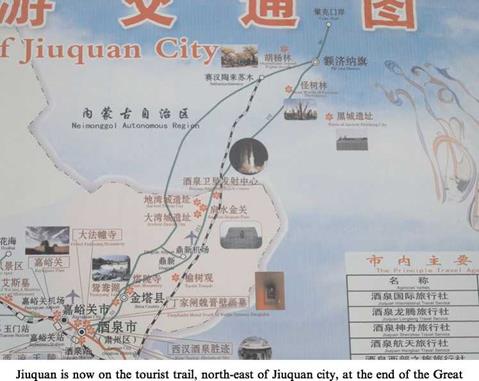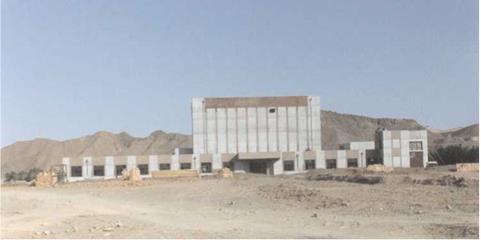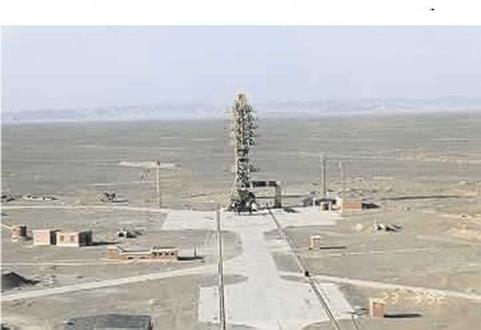CHANGE
By summer 2007, something like an Asian Moon race was hotting up, with China, Japan, and India all preparing to send probes to the Moon within a relatively short period. First off the starting blocks were the Japanese with Kaguya (also known as Selene) on 14th September 2007 (India’s Chandrayan was last, in 2008). This was Japan’s second Moon mission – a sophisticated spacecraft with two subsatellites, which had been long in preparation and benefitted from the quick publication of its eye-catching pictures and videos.
Chang e arrived on the pad at Xi Chang in early October 2007. Granted the prestigious nature of the mission, tightly controlled news coverage was expected. The opposite turned out to be the case, for the launch was covered live on television on worldwide feed. In the spirit of the new commercial China, two grandstands were erected for 2,500 paying spectators some 2,500 m from the pad, the charge being €80 a go. Celestial mechanics dictated a launch on the 24th, 25th, or 26th October, failing which the next opportunity would be the following April. In the event, the CZ-3A counted down smoothly on the 24th, lifting off at 18:06 China time. There was no countdown clock visible and ignition came quite suddenly against voice-over commands in Chinese. The Long March rocket moved off the pad slowly, set against the background of the rolling hills of Sichuan, picking up speed, and bending over in its climb. Minutes later, it was learned that Chang e had entered a highly elliptical Earth orbit of 205-50,930 km, 26°, period 16 hr, and that the solar panels had deployed. On the next day, the perigee was raised to 600 km.
Chang e’s trajectory was quite different from the first Moon probes of the two space superpowers far back in 1958-59. They had shot directly for the Moon, with the Soviet Union’s First Cosmic Ship passing the Moon only 34 hr after launch. Because the 2,300-kg Chang e was at the limits of the Long March’s lifting capability, the strategy was to put the spacecraft into a high Earth orbit and gradually raise the ellipse over a month so as to nudge it into lunar orbit. This was risky, for it made for a heavy fuel load and required multiple precise maneuvers over two weeks.
The second maneuver took place on the 26th, controlled by the Yuan Wang 3 tracking ship, raising the orbit from 50,000 km to 70,000 km, period 24 hr. Despite being rolled in a storm, on the 29th, the ship commanded the third maneuver, to raise the orbit again, to 120,000 km, 48 hr. The new computer on Chang e was the “smartest ever”, with a self-navigating and repair capacity, it was announced. The first mission instrument, the high-energy particle detector, was now turned on and it recorded the Chang e crossing the radiation belts.
On the 31st, the fourth maneuver raised the apogee to 380,000 km, a 13-min burn of sufficient velocity (10.9 km/sec) to reach the lunar environment. This was a critical do-or-die maneuver through a narrow entry gate which, if it failed, would strand the spacecraft in either Earth or solar orbit. The ultraviolet instrument was switched on to image the Earth-Moon system.
Finally, on the fifth maneuver, Chang e was nudged into lunar orbit at 11:37 on 5th November. The braking maneuver was made some 300 km distant from the
Moon, cutting the speed from 2,300 m/sec to 1,948 m/sec to achieve an elliptical lunar orbit of 200-8,600 km, 12 hr, the maneuver being followed by the ground in real time [3]. A second maneuver on 6th November reduced velocity to 1,800 m/sec and adjusted altitude to 213-1,700 km, 3.5 hr. A final burn was carried out on 7th November that set a velocity of 1,590 m/sec and put the spacecraft into its working orbit of 200 km, 2 hr 7 min. The precise orbit was later calculated as 195.53-202.07 km, inclination 88.2°. Seven engine firings had been made and some of the original 1,150 kg of fuel still remained.
The cameras were switched on first, the other instruments one by one after them. The first images from lunar orbit were received on 21st November. They were formally unveiled at a ceremony in Beijing by Prime Minister Wen Jiabao on the 27th, as “The East Is Red” and “Ode to the Motherland” played in the background. The first photoset comprised 19 tracks or orbits of images, each 60 km across – a total area of 280 x 460 km of the south-eastern quadrant of the Moon (54-70°S and 57-83°E). A commentary described the area as basalt with plagioclase highland. The camera took pictures in 60-m swaths, taking images downward, forward (+17°), and backward (-17°) so as to develop stereo pictures. The cameras were developed by the Xian Institute of Optics and Precision Mechanics.
Photography concentrated first on 75°N to 75°S and then the polar regions. Chang e flew at a solar minimum and the solar x-ray spectrometer detected no activity at all until 5th December, when a sunspot appeared. It followed a 2 hr 50 min solar flare on 31st December. When the Sun-Moon-Earth were aligned in this order for the first time, on 8th December, the solar wind ion detector first detected the solar plasma and measured the levels of helium, lithium, and calcium therein. The solar wind was streaming toward the Earth-Moon system at 2,000 km/ sec [4].
The orbit was adjusted three times in February 2008 and there was still 270 kg of fuel to hand. On 1st August 2008, a progress report was issued, announcing that over 700 hr of data had been received in the course of 3,024 orbits, coming down to the two main tracking stations of Kunming, Yunan, and Miyun, Beijing.
China had always intended to crash Chang e on the Moon once it had completed its scientific mission. In January 2009, a 1.627-m/sec burn lowered Chang e’s orbit to 100 km (it is not clear whether this was circular at 100 km or whether it kept its 200km apogee). China finally reached the surface of the Moon on 1st March 2009, when Chang e impacted near the crater Taruntius at 1.5°S and 52.36°E, along the equator in the Sea of Fertility, just west of Luna 16’s landing site, after 495 days. The camera was turned on for the last 59 km of the descent.











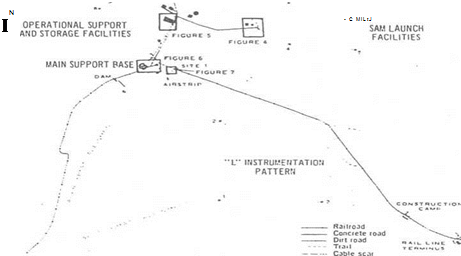

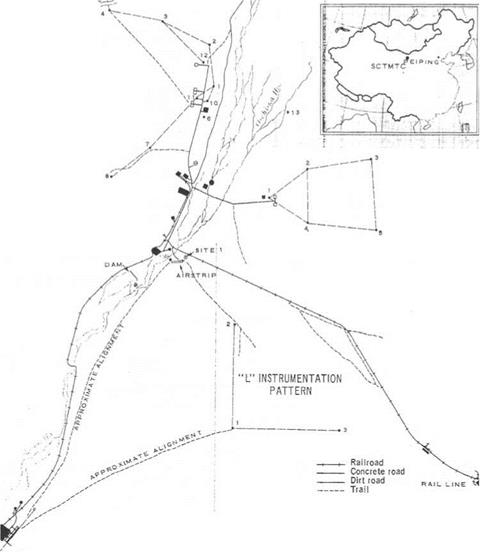
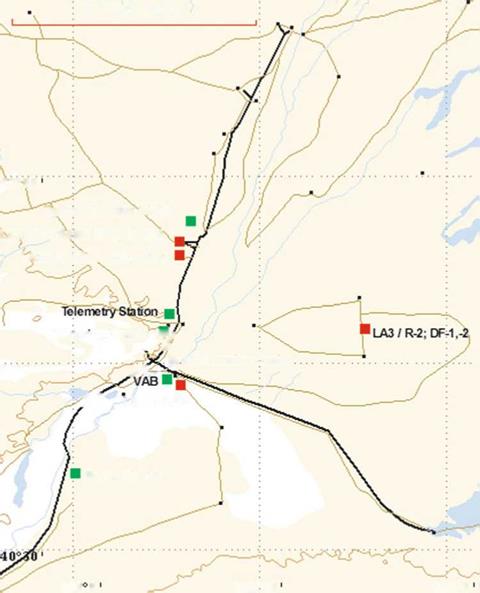
 41°0′ /
41°0′ /